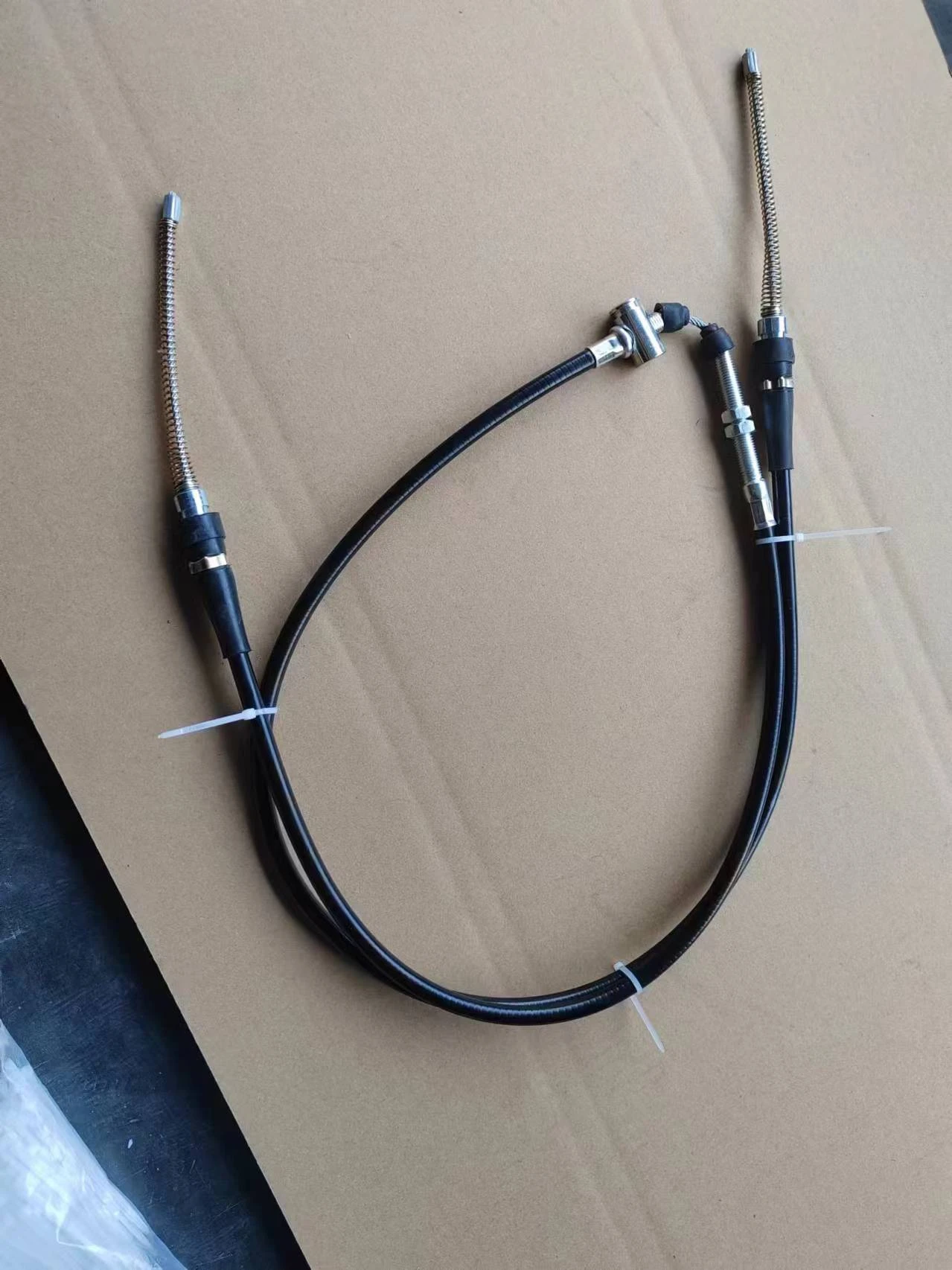clutch fluid hose
Understanding Clutch Fluid Hoses Importance, Functionality, and Maintenance
In the world of automotive engineering, every component plays a pivotal role in ensuring the optimal performance of a vehicle. Among these components, the clutch fluid hose is often overlooked but is crucial for the smooth operation of a vehicle’s clutch system. This article will delve into the importance of clutch fluid hoses, their functionality, and how to maintain them for longevity and efficiency.
What is a Clutch Fluid Hose?
A clutch fluid hose is a vital part of a vehicle's hydraulic clutch system. It acts as a conduit, transferring hydraulic fluid from the master cylinder to the slave cylinder. When the driver presses the clutch pedal, the master cylinder generates hydraulic pressure, which travels through the fluid hose to the slave cylinder, disengaging the clutch. This process allows for smooth gear changes and effective control over the vehicle.
Importance of Clutch Fluid Hoses
The clutch fluid hose is essential for the proper functioning of a hydraulic clutch system. Any failure or degradation in the hose can lead to various problems, including difficulty in shifting gears, complete clutch failure, and potential damage to other clutch components. A well-maintained clutch fluid hose ensures that the hydraulic fluid flows freely and efficiently, thus enhancing the overall performance of the vehicle.
Moreover, clutch fluid hoses are designed to withstand high pressure and temperature variations. Given that they are often situated in areas of the vehicle that can experience friction and heat, it’s crucial for them to be robustly constructed. Materials typically used for these hoses are resistant to wear and tear, ensuring durability over time.
Signs of Clutch Fluid Hose Issues
Recognizing the signs of clutch fluid hose problems early can prevent more severe issues down the line. Some common signs include
1. Fluid Leaks Any visible hydraulic fluid leaking from the hose is a clear indication of a problem. The presence of fluid stains around the clutch area should prompt immediate inspection.
clutch fluid hose

2. Soft Clutch Pedal If the clutch pedal feels unusually soft or spongy, it may indicate that there is air in the hydraulic system or that the fluid is leaking from the hose.
3. Difficulty Shifting Gears Struggles with gear engagement can signify that the clutch is not fully disengaging due to insufficient hydraulic pressure, often caused by a compromised fluid hose.
Maintenance of Clutch Fluid Hoses
To ensure the longevity and efficiency of clutch fluid hoses, regular maintenance is essential. Here are some tips for maintaining these crucial components
1. Regular Inspections Periodically inspect the hoses for signs of wear, cracks, or leaks. Checking for fluid stains and ensuring the hoses are securely attached is key to early problem detection.
2. Fluid Level Checks Maintaining the correct hydraulic fluid level in the master cylinder is crucial. Low fluid levels can result in air entering the system, leading to potential failures.
3. Environment Awareness Be mindful of environmental factors that might accelerate the deterioration of the hose, such as exposure to high heat or aggressive chemicals.
4. Replace When Necessary If a clutch fluid hose is showing significant signs of wear or if any leaks are detected, replace it immediately. Using high-quality hoses made of resilient materials will ensure better performance and longevity.
Conclusion
In conclusion, clutch fluid hoses may not be at the forefront of vehicle maintenance discussions, but their importance cannot be overstated. These components are vital for seamless gear shifting and overall vehicle operation. By understanding their functionality, recognizing the warning signs of failure, and committing to regular maintenance, vehicle owners can ensure that their clutch systems remain in peak condition, providing a smooth and reliable driving experience. Taking these proactive measures will help prevent costly repairs and maintain the performance integrity of the vehicle for years to come.
-
Upgrade Your Control with Premium Throttle CablesNewsAug.08,2025
-
Stay in Control with Premium Hand Brake CablesNewsAug.08,2025
-
Experience Unmatched Performance with Our Clutch HosesNewsAug.08,2025
-
Ensure Safety and Reliability with Premium Handbrake CablesNewsAug.08,2025
-
Enhance Your Vehicle with High-Performance Clutch LinesNewsAug.08,2025
-
Elevate Your Ride with Premium Gear CablesNewsAug.08,2025
